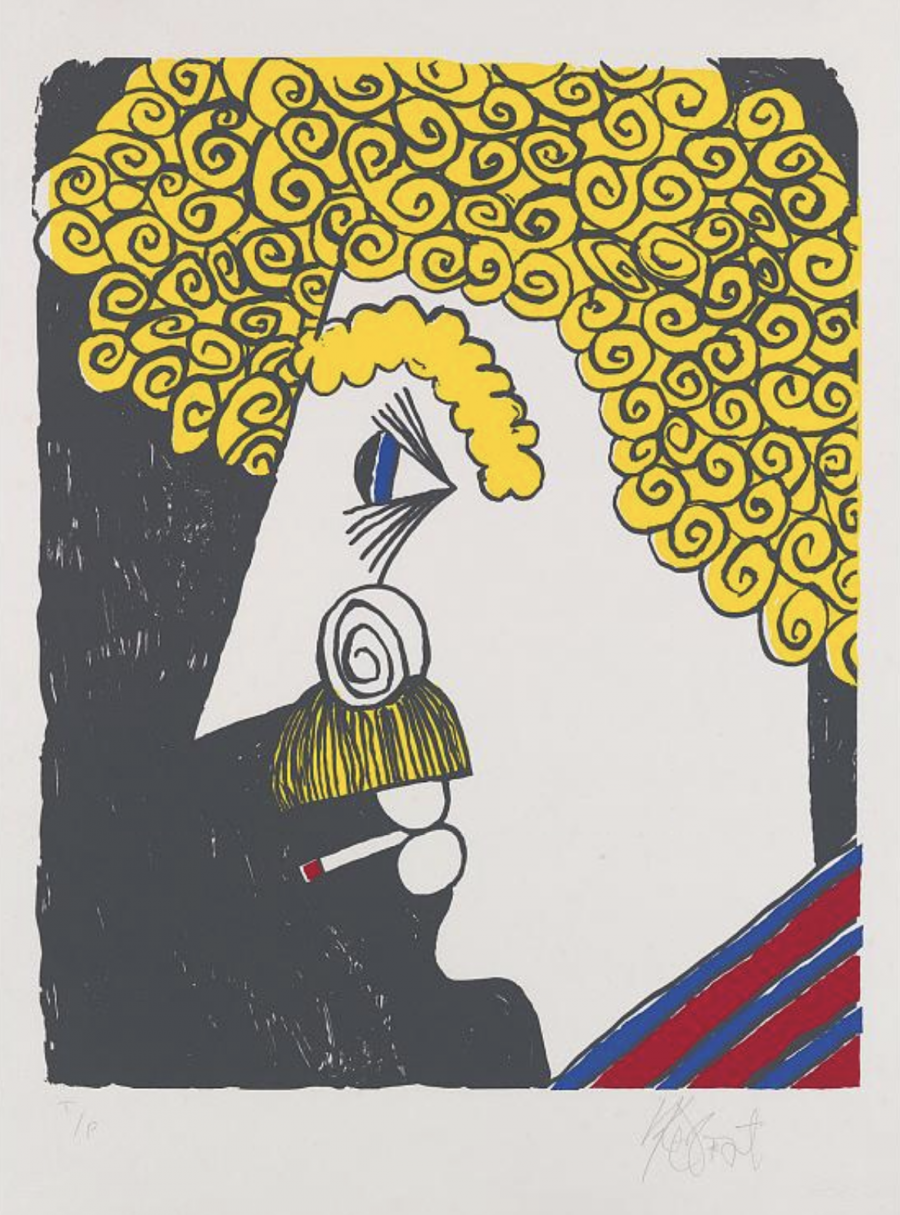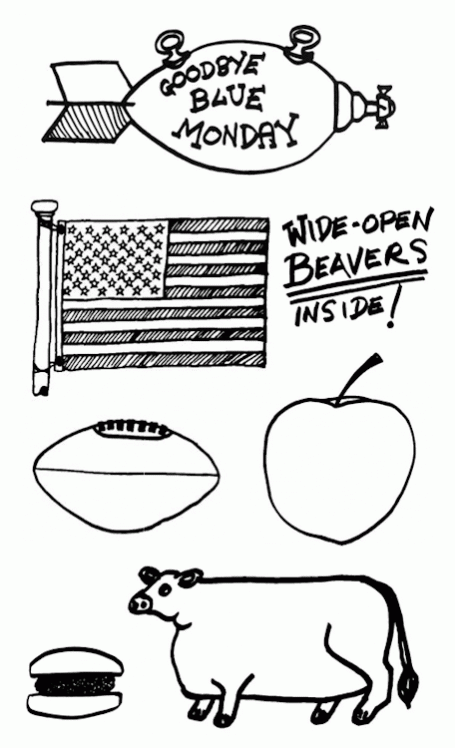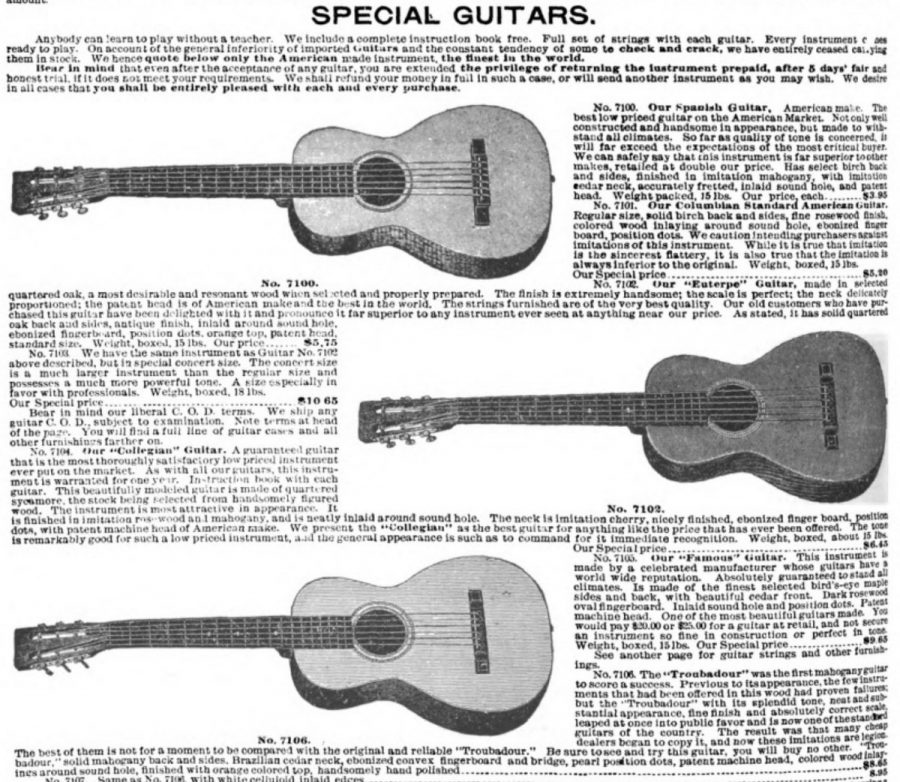The Big Lebowski came out 20 years ago. Statements of that kind are often preceded by the question of whether you want to feel old, but this one wouldn’t have quite the same effect: on some level, The Big Lebowski feels as old as, or maybe even older than, cinema itself. In their half-hour conversation looking back at the film and its legacy, NBC’s Harry Smith asks actors John Goodman, Steve Buscemi, and Jeff Bridges, better known to the movie’s legions of fans as Walter Sobchak, Donny Kerabatsos, and of course Jeff Lebowski — also known as His Dudeness, Duder, El Duderino if you’re not into the whole brevity thing, but above all as the Dude — whether it felt like 20 years have passed. More than one of them come right back with just the right response: “It does and doesn’t.”
The conversation touches on such subjects as what they first thought of the script (“Right on the page, it felt like it was improvisation,” says Bridges), the spiritual implications of the story and characters (Bridges tells of the encounter with a Buddhist teacher that led to the book The Dude and the Zen Master in 2013), how many “F‑bombs” the final product ended up containing (275), and what usually happens in the still extremely common event of an encounter with a Lebowski fan on the street.
All three actors evince great pleasure at the opportunity to remember working with Joel and Ethan Coen on what would become the directing brothers’ most beloved film, one that has inspired its own festival, its own religion, and much more besides. But as many of the movie’s current enthusiasts (perhaps due to their youth, perhaps due to their indulgence in memory-clouding substances) won’t remember, The Big Lebowski didn’t become a phenomenon right away.
“So you make a movie like this, you love the script, you love working together,” as Smith puts it, “and then nobody goes to see it.” Indeed, the moviegoing public of 1998 didn’t quite know what to make of the fact that, as a follow-up to the Academy Award-winning Fargo, the Coen brothers served up what Goodman describes as “Philip Marlowe meets The Trip.” As Buscemi remembers, “it took like five or six years before people started coming up to me and saying that they loved it.” Then came the college kids, who would tell him not just that they loved it, but that they’d seen it eight, nine, ten times. The first time people saw The Big Lebowski they came out in bewilderment asking what it means, but “what the movie does so brilliantly is, once you know what it is, then you really enjoy, like, every moment of it.”
Among the few viewers attuned enough to its frequency to enjoy it right away was Roger Ebert: “Some may complain The Big Lebowski rushes in all directions and never ends up anywhere,” he wrote in his initial review. “That isn’t the film’s flaw, but its style.” But even his appreciation grew over time, and in 2010 he anointed it one of his official Great Movies, describing it as involving “kidnapping, ransom money, a porno king, a reclusive millionaire, a runaway girl, the Malibu police, a woman who paints while nude and strapped to an overhead harness, and the last act of the disagreement between Vietnam veterans and Flower Power,” all held together by “a plot and dialogue that perhaps only the Coen brothers could have devised.” Hence Bridges’ worries about getting the music of the script down cold before shooting: “Did I get the ‘man’ in the right place? Did I add another F‑bomb?”
Related Content:
Is The Big Lebowski a Great Noir Film? A New Way to Look at the Coen Brothers’ Iconic Movie
The Big Lebowski Reimagined as a Classic 8‑Bit Video Game
Tuileries: The Coen Brothers’ Short Film About Steve Buscemi’s Very Bad Day in the Paris Metro
Based in Seoul, Colin Marshall writes and broadcasts on cities, language, and culture. His projects include the book The Stateless City: a Walk through 21st-Century Los Angeles and the video series The City in Cinema. Follow him on Twitter at @colinmarshall or on Facebook.









